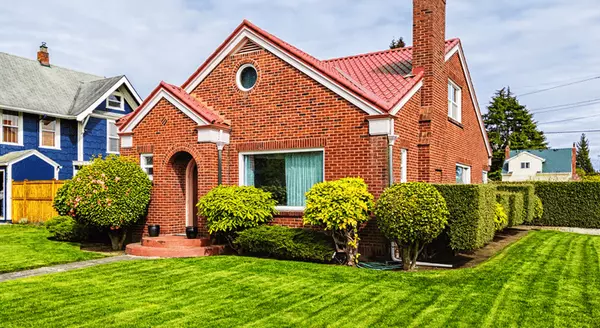
The Return of Normal Seasonality for Home Price Appreciation
If you’re thinking of making a move, one of the biggest questions you have right now is probably: what’s happening with home prices? Despite what you may be hearing in the news, nationally, home prices aren’t falling. It’s just that price growth is beginning to normalize. Here’s the context you ne

Why Today’s Housing Inventory Shows a Crash Isn’t on the Horizon
You might remember the housing crash in 2008, even if you didn't own a home at the time. If you’re worried there’s going to be a repeat of what happened back then, there's good news – the housing market now is different from 2008. One important reason is there aren't enough homes for sale. That me

How To Make Your Dream of Homeownership a Reality
According to a recent Harris Poll survey, 8 in 10 Americans say buying a home is a priority, and 28 million Americans plan to buy within the next 12 months. Homeownership provides many financial and nonfinancial benefits, so interest is understandable. However, all 28 million Americans will unlikely
Categories
Recent Posts









